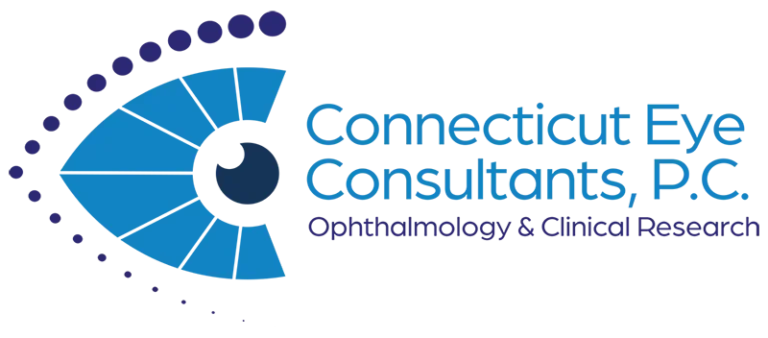HOURS
Mon-Fri: 8:00am – 5:00pm
(Or by Appointment)
Sat-Sun: Closed
Glaucoma/Ocular Hypertension
Background
Glaucoma is a group of eye diseases characterized by progressive damage to the optic nerve, often associated with elevated intraocular pressure (IOP). This condition can lead to vision loss and is one of the leading causes of blindness worldwide. Ocular hypertension refers specifically to elevated IOP without any detectable damage to the optic nerve or vision loss.
Early diagnosis and timely treatment are crucial in managing the condition and preventing further vision impairment. With ongoing advances in medical and surgical therapies, the outlook for individuals with glaucoma continues to improve.
Types of Glaucoma
- Open-Angle Glaucoma: The most common form, where the drainage canals in the eye become clogged over time, leading to gradual IOP increase.
- Angle-Closure Glaucoma: Occurs when the drainage angle formed by the cornea and iris becomes blocked, leading to a rapid increase in IOP.
- Normal-Tension Glaucoma: Optic nerve damage occurs despite normal IOP levels, possibly due to reduced blood flow to the optic nerve.
- Congenital Glaucoma: A rare form present at birth, usually due to abnormal eye development
Signs and Symptoms
Glaucoma often progresses silently, with many individuals experiencing no symptoms until significant damage has occurred. In the case of acute angle-closure glaucoma, symptoms may include severe eye pain, headache, nausea, vomiting, blurred vision, and seeing halos around lights.
Risk Factors
There are numerous factors that may increase your risk of developing glaucoma/ocular hypertension. If you have any of these factors, follow up with an eye doctor:
- Risk increases with age
- Family history of glaucoma African
- Americans and Hispanic individuals are at higher risk of developing glaucoma
- Medical conditions (diabetes, hypertension, and certain eye injuries)
- Myopia (nearsightedness)
- Prolonged use of corticosteroids
Diagnosis
Regular eye examinations are crucial for early detection. Diagnostic tools include:
- Tonometry: Measures intraocular pressure
- Ophthalmoscopy: Assesses the optic nerve for signs of damage
- Visual Field Testing: Detects peripheral vision loss
- Gonioscopy: Evaluates the drainage angle of the eye
Treatment
- Medications: Topical eye drops are the first line of treatment to lower IOP. These may include prostaglandin analogs, beta-blockers, and carbonic anhydrase inhibitors.
- Laser therapy: Procedures like laser trabeculoplasty can improve drainage and reduce IOP.
- Surgery: Surgical options, such as trabeculectomy or the implantation of drainage devices, may be necessary for those who do not respond adequately to medications or laser treatment.


